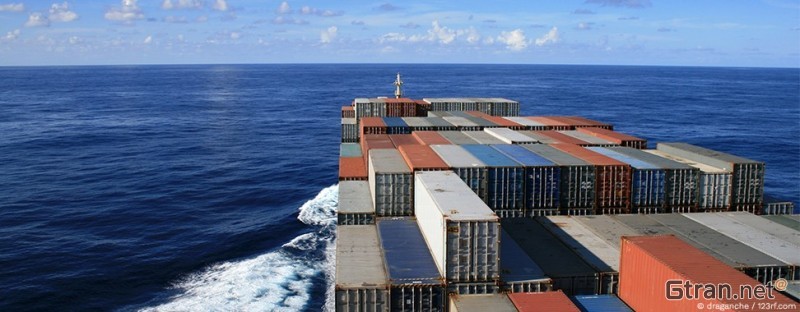Intermodal containers are among the first elements that any business should understand when it comes to marine freight. An intermodal container is a large steel container with standardized dimensions that can also be loaded onto a tractor-trailer or freight train. Typically, ocean freight shippers transport these containers via enormous container ships that can hold hundreds or even thousands of containers at once.

Ocean liner carrying intermodal containers.
Standardization is one of the biggest advantages of containerized cargo shipping. The entire practice of intermodal logistics is built around the use of intermodal containers because they make it incredibly easy to switch from one cargo mode to another. Approximately 60 percent of all marine cargo is shipped in an intermodal container, and you’ll find that everything from the size of gantry cranes to the design of semi-truck cabs is created with intermodal container shipping in mind.
TEUs, or twenty-foot equivalent units, are among the most common units of capacity measurement in marine freight. Most ocean freight shipping businesses measure a ship’s capacity in TEUs, with the largest container ships accommodating over 20,000 TEUs each. The “equivalent” element of TEUs comes from the fact that smaller or larger shipping containers, such as 10-foot or 40-foot containers, count as fractions of a TEU. This allows shipping systems to maintain a consistent metric even when dealing with containers of variable sizes. Next, we’ll talk about the various types of marine shipping available, containerized and otherwise.


